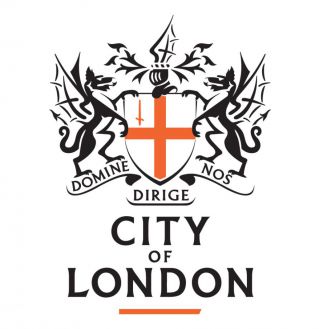New London Architecture
London past and future
Friday 15 May 2020

We are currently working on the next NLA exhibition and research project: The Changing Face of London. Before COVID-19 came along we saw this a celebratory piece about how London has accommodated the massive growth in economic activity and population that has taken place over the last decade and a half plus a few warnings about where we were going wrong - such as the lack of affordable homes, growing inequity and delays on vital infrastructure.
However much has changed in the last three months. Historically the first two decades of the twenty-first century will be seen as a period of massive growth which came to a grinding halt with the outbreak of the coronavirus pandemic. Just as it has in the past at the outbreak of all major conflicts. Development ground to a halt at the start of the Napoleonic Wars in the early days of the 19th century, house prices dropped making them more accessible to the less well off. 12 years later after victory at Waterloo, there was a boom in new building. During the first World War, there was so little work for architects that they volunteered to work for free on the London Development Plan prepared by the London Society, the first London-wide plan that set out a strategic road plan as well as the concept of the Green Belt. After the Great War, the Homes for Heroes campaign launched by Lloyd George promised affordable homes for returning soldiers. It was a well-meaning campaign that failed to deliver as promised because of the lack of funds and the extreme shortage in the building industry of skilled manpower and materials. The idea of Home for Heroes has been raised as a response to COVID19, but it may be stymied for just the same reasons.
In the depression of the early 1930s unemployment rose to 3.5 million, but we built a record number of houses. From 1926 through 1939 over 200,000 new houses were built every year, with the peak reaching 365,000 in 1936.
After WW2 we were bankrupt but the Labour Party delivered the welfare state. They nationalised about 20% of the economy, including coal, railways, road transport, the Bank of England, civil aviation, electricity and gas, and steel. It delivered the National Health Service, National Insurance and National Assistance. More council housebuilding continued apace and the New Towns programme was begun.
When the Conservative party took over in 1950 Housing Minister Harold MacMillan delivered huge quantities of homes which he tackled as a ‘war job’.
There have been seven recessions in the UK since 1945. In the aftermath of most Governments were keen to get back to business as normal as soon as possible. That was the case with the British government after the recession created by the oil crisis in the 70s. The rather more sensible Scandinavian governments saw this as a warning about resources and energy consumption and delivered a much more resilient building stock as a result.
I recite these historic experiences because they reveal that as we come out of this crisis we will have choices. All those positives that we currently see as possible outcomes of post-COVID planning - greener streets, less pollution, greater community coherence, clearer skies - could all be lost if we do not remain on our guard.
The decisions politicians make are tempered by voices they hear. So at NLA, we will continue to bang the drum for a better city. Through our events, our research, or membership and our expert panels we will shout out that we must ‘build back better’. Going back to the bad old ways is not good enough. This is a historic turning point and we must ensure that this moment is not wasted.
Related
News
Winning Design Announced for 'Hope in the Square' Competition
NLA in partnership with the London Borough of Southwark are proud to unveil the winning design of our 'Hope in the Squar...
Exhibition
At 16.5 metres-long, the 1:2000 scale London model covers more than 247 square kilometres of London and 21 boroughs, 21...
Stay in touch
Upgrade your plan
Choose the right membership for your business
Billing type:
Small Business Membership
£90.00
/month
£995.00
/year

For businesses with 1-20 employees.
Medium Business Membership
£330.00
/month
£3,850.00
/year

For businesses with 21-100 employees.
View options for
Personal membership















